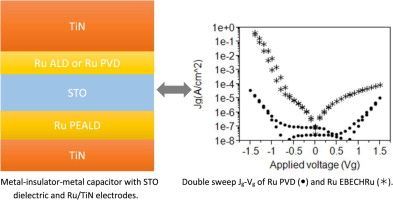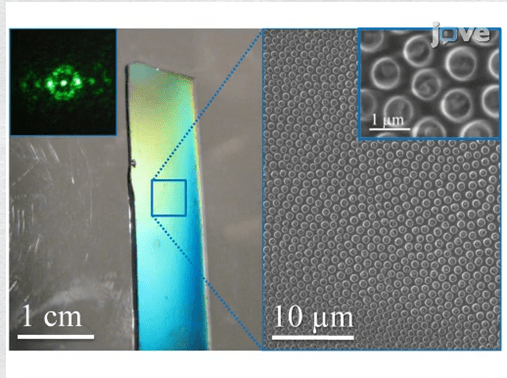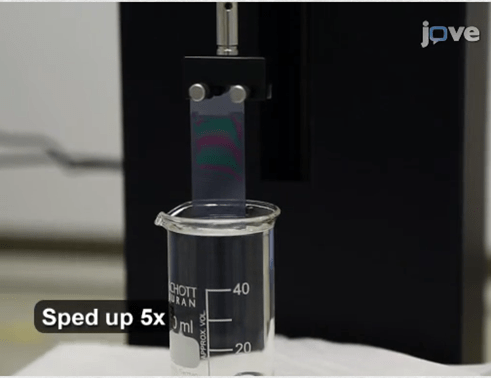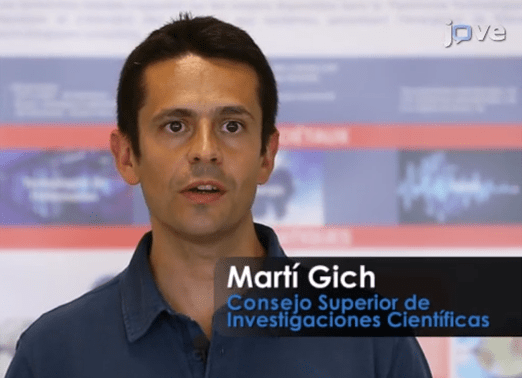Mihaela Popovici from IMEC is visiting the ICMAB this week
Mihaela Popovici, Senior Researcher at the Semiconductor Technology and Systems Unit at IMEC (Interuniversity MicroElectronics Center, Leuven, Belgium) is visiting the ICMAB this week, invited by Anna Roig.
On Monday she gave an ICMAB Seminar at 12 pm at Sala d’actes “Carles Miravitlles”, entitled “Crystalline phase dependency of the electrical performance of oxide dielectrics for semiconductor applications”.
Short abstract:
Continuous dimensional downscaling of dielectrics and metals in semiconductor industry requires improved, non-defective metal-dielectric interfaces in order to preserve the intrinsic properties of the nanomaterials at thicknesses ranging between 5 and 10 nm. For such thin films, atomic layer deposition (ALD) is nowadays envisaged as the most suited deposition technique to deliver conformal layers in high aspect ratio structures. The crystalline phase often determines the dielectric constant and the bandgap energy and consequently electrical characteristics such as capacitance and leakage current density in metal-insulator-metal capacitors. Other specific properties like ferroelectricity seems to be driven by the presence of a particular phase (e.g. orthorhombic) with potential applications in ferroelectric field effect transistor fabrication.
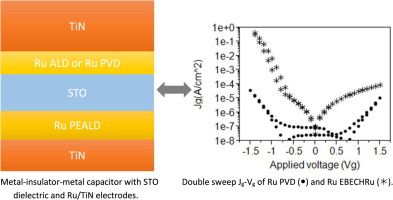
Short Bio:
Mihaela Popovici is a Senior Researcher in the Semiconductor Technology and Systems Unit at IMEC, Belgium. She received her PhD in Materials Science and Engineering in 2004, at the Politehnica University of Timisoara, Romania. She had a Marie Curie fellowship at ICMAB in 2002-2003 in the field of magnetic aerogels and was post-doctoral fellow at Philips Research Eindhoven in Photonic Materials and Devices during 2005-2007. She has been working for almost a decade at the nano-electronics R&D center of IMEC in Leuven, Belgium on memory chip scaling. At present she is the technical leader of the metal-insulator-metal capacitor project for DRAM applications. Her main expertise resides in dielectric oxides and metal thin films development, physical and electrical characterization and design of complex materials stacks with applications in nano-electronic devices.

